5. Kill Bill 1 and 2 (2003&2004) / Lady Snowblood (1973)
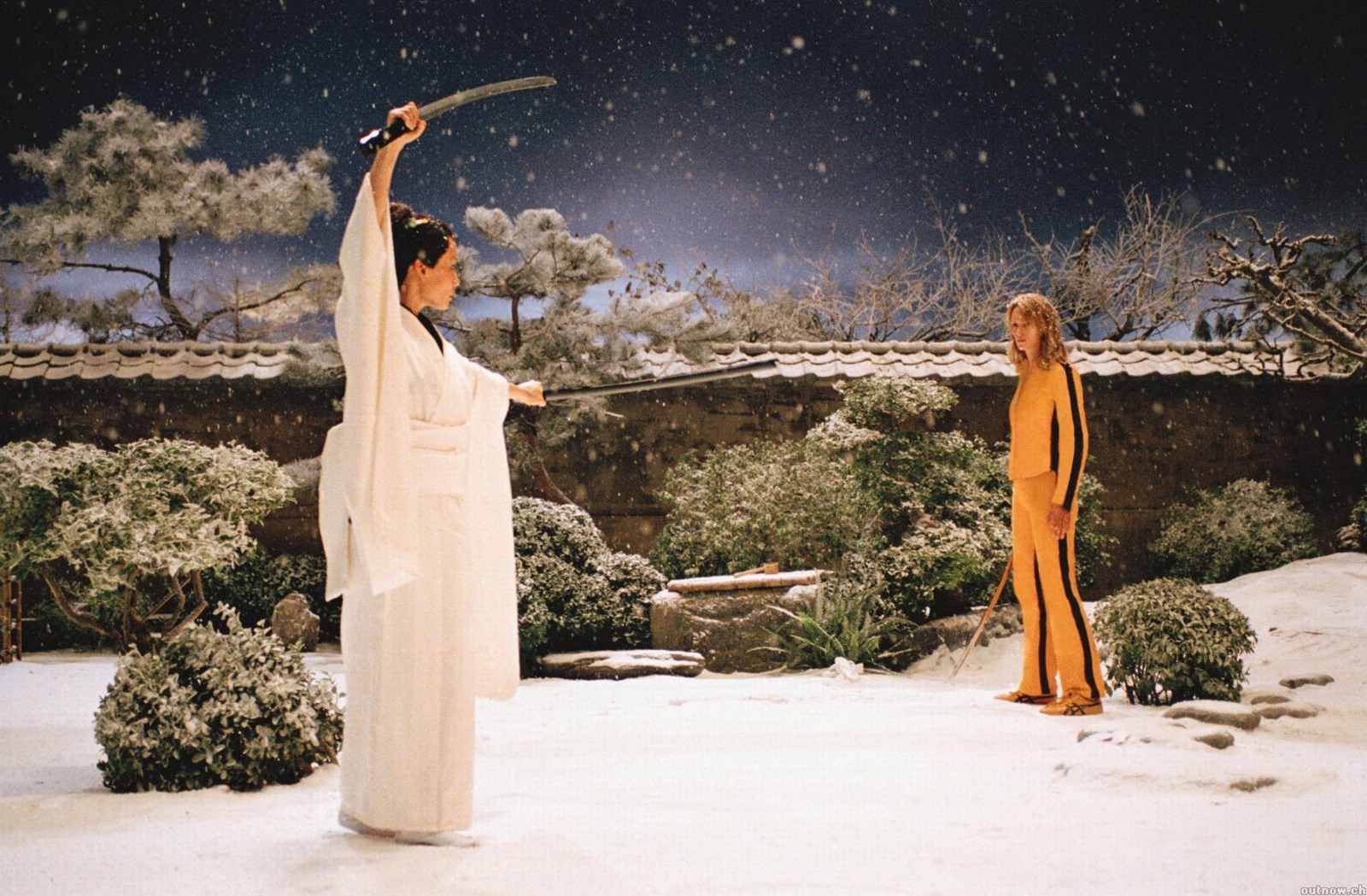
Seeing as Quentin Tarantino is one of the biggest cinephiles on Planet Earth, it’s no surprise that he would make a list like this one twice. “Lady Snowblood” is a Japanese action film that was well ahead of its time. Yuki Kashima (played by Meiko Kaji) is an assassin who vows to seek revenge on those that attacked and violated her family.
The film is told non-linearly, as it hops from Yuki’s past to the present. You see Yuki, also known as Lady Snowblood, try to pick off the three monsters that scarred her family’s legacy permanently, and a lot of this is starting to sound heavily familiar (isn’t it?). Yes, “Kill Bill” is the American rendition (loosely, of course) of this Toshiya Fujita epic in more ways than you’d imagine.
Sure, the Bride (Uma Thurman) is very similar to Lady Snowblood; their youth and origins are showcased, enough that we even get a name for the “Kill Bill” warrior (Beatrix, of course). In “Kill Bill”, there is also a pecking order of people the main character has to go through in order to earn the vengeance they so heavily crave (although the Bride herself was the one who is primarily attacked in this case).
Outside of these obvious resemblances, “Kill Bill” was released in two volumes (originally it was meant to be over four hours long and released as one movie), but I’m sure Tarantino didn’t mind having to split his film; “Lady Snowblood” has a sequel (“Love Song of Vengeance”) and the two films are usually paired together (including the Criterion release of the films).
Tarantino famously got his cast to watch the ‘Lady Snowblood’ films enough times to be inspired for the shooting of “Kill Bill”, and in typical Tarantino fashion, he was very open with where he got his ideas from for his film. Suddenly, “Lady Snowblood” lived to see many more days.
6. La La Land (2016) / The Umbrellas of Cherbourg (1964)
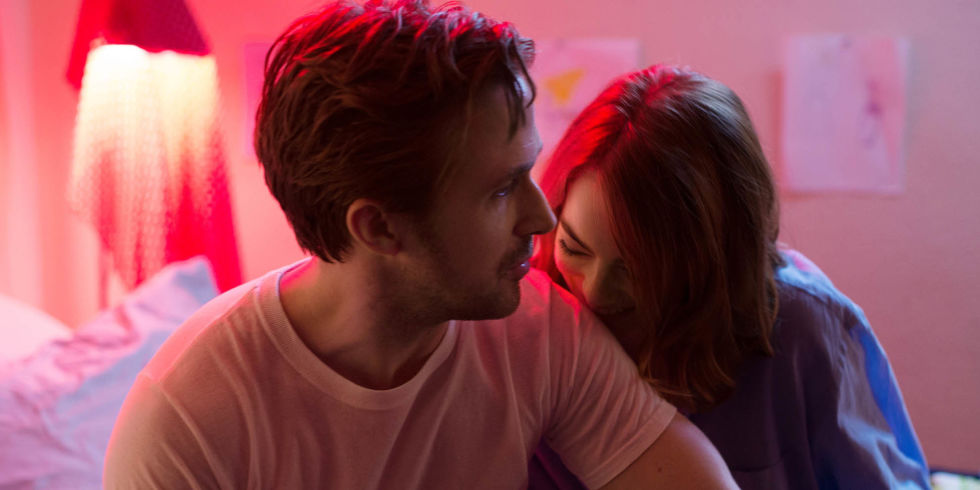
There is no doubt that “La La Land” is an amalgamation of so many classic musical films, especially the Gene Kelly classics (like “Singin’ in the Rain” and “An American in Paris”). There have been a number of video and textual based on the countless representations of other works found in “La La Land”.
However, there is one film that is particularly close to “La La Land” in more ways than just a few thematic elements – “The Umbrellas of Cherbourg” by Jacques Demy is nearly identical to “La La Land” in terms of plot structure and concept.
A young girl (Catherine Deneuve) falls in love with a mechanic (Nino Castelnuovo) and they plan to spend their lives together rather quickly. This starts off in November 1957, and the film carries on for a few years until the winter of 1963. The circumstances of life changed the plans these two lovebirds ever had.
“La La Land” works the same way but with a few minor tweaks. It mostly takes place over one year (yet it still starts in winter and ends in a future winter years later). The two lovers (Emma Stone and Ryan Gosling) work rather quickly through their relationship’s ups and downs. The different career choices of the leads also affects their relationship.
In “The Umbrellas of Cherbourg”, the entire film is sung no matter what the circumstances are. In “La La Land”, the music disappears whenever the American dream is challenged. Especially with the recent Criterion release of “The Umbrellas of Cherbourg” and the awards season domination of “La La Land”, both films have been analyzed this last year by many publications, and the legendary French-German musical is now reaching wider audiences than it ever has before.
7. The Skin I Live In (2011) / Eyes Without a Face (1960)
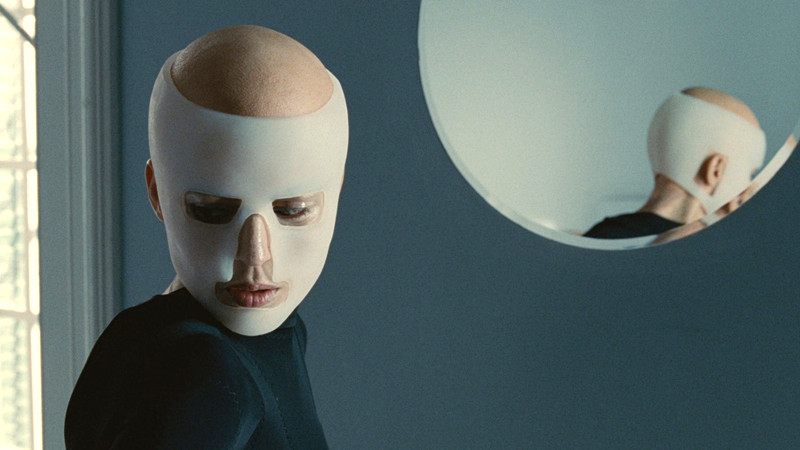
If anyone on this list is capable of replicating an older film like Tarantino, it’s Spanish auteur Pedro Almodóvar. He has had a signature style with his films from the very beginning. If there is one feeling that can be linked to all of his works, it’s the sensation of confrontation.
“The Skin I Live In” features a surgeon, played by Antonio Banderas, who experiments with artificial skin and skin replacement. His remote location houses his subjects and there is a strange addiction with his one subject, Vera (Elena Anaya). While the film breaks out of this narrative, this segment of the film (and the very core of its basis) echoes the story of an earlier film quite heavily.
“Eyes Without a Face” (yes, the Billy Idol song is based off of this film) is a Georges Franju horror that reveals the elements of skin removal and replacement at a much slower pace. In this film, the swapping of human faces is more of a hidden secret that is kept hidden until you are finally ‘prepared’ enough. Then you see it all, including a surgery scene that still feels way too intense for its time more than 50 years later.
In “Eyes Without a Face”, the doctor is trying to fix the face of his daughter, which was permanently damaged in a car accident. Her masked visage was brought back into cinematic pop culture with Almodóvar’s flick, as “The Skin I Live In” features the same creepy imagery. Almodóvar has even mentioned that “Eyes Without a Face” was a huge inspiration for his work, and its cult status has most certainly grown since the 2011 film.
8. Rushmore (1998) / The 400 Blows (1959)
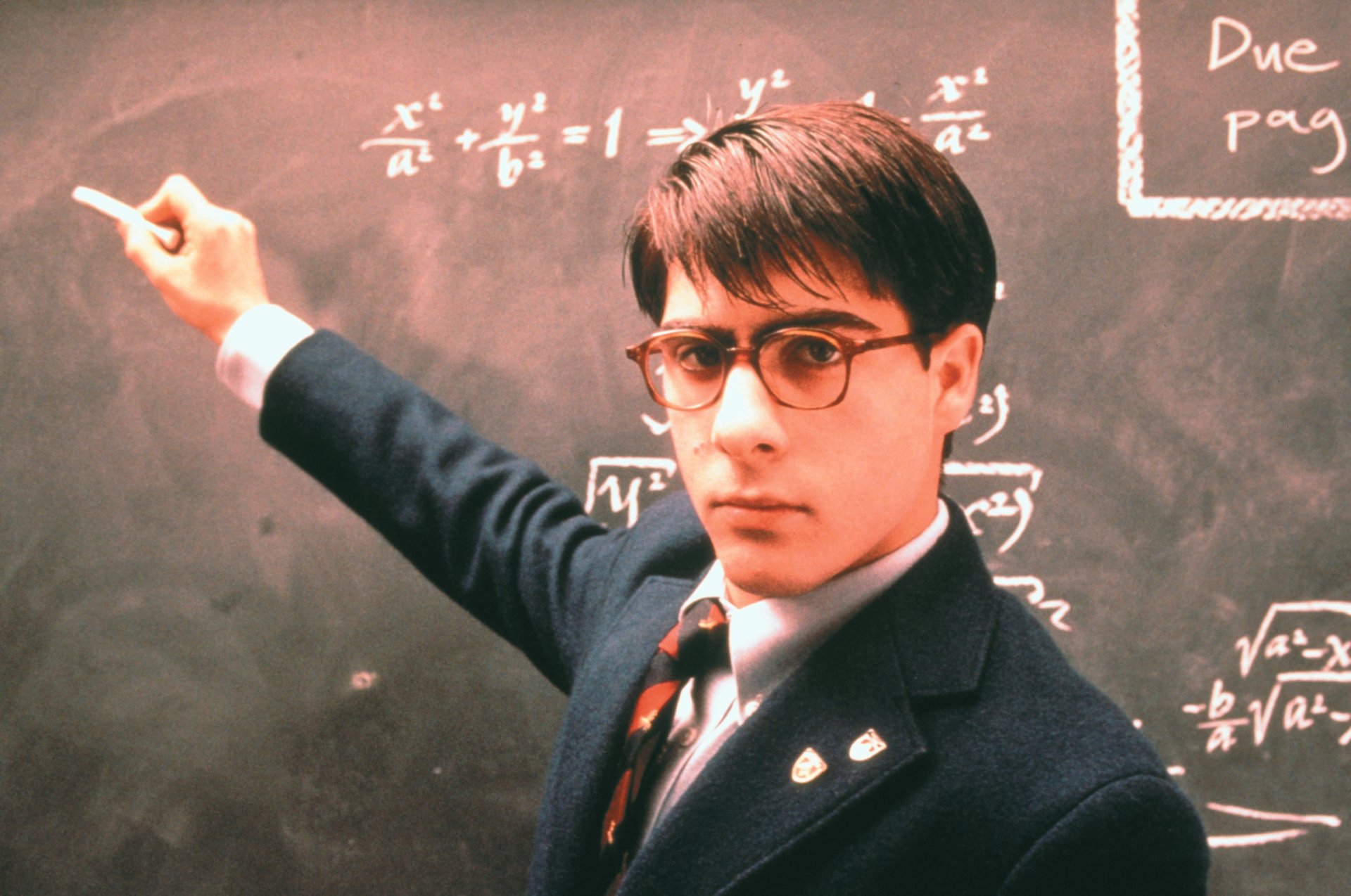
Okay, there’s one more director that can be likened to Tarantino and Almodóvar when it comes to their works being clearly influenced by the likes of others. Wes Anderson is so heavily in control of his own films that he sometimes even edits his own works (never mind just directing, writing, and producing them). When his breakthrough “Rushmore” came out, he had a bigger team help him, but he still had a story (co-written by Owen Wilson) that he wanted to tell.
“Rushmore” features a young teenager (Jason Schwartzman in his own career-defining role) who seems to be a bit too mature for his age, but not mature enough to know how to contain this growth. He converses with people twice his age, battles the system (educational and societal), and we experience his lack of fitting in with conventional society.
There was no way “The 400 Blows” had lost any love over the years, but François Truffaut’s French New Wave innovation definitely lives a second life in “Rushmore”. “The 400 Blows” features a younger child (Jean-Pierre Léaud) who just cannot seem to cooperate with the world around him. He longs for geriatric dreams (he chases the sea and the beach and stops chasing simple means of fun) and finds himself butting heads with authoritative figures of all sorts.
“The 400 Blows” and “Rushmore” feature boys who want to be men but are trapped as boys (and who still act like boys). There have been some sources that link the two films together, including the The Wes Anderson Collection videos that show that there are even shots that are comparable (the boys talking in front of their teacher at their desks in both films, for instance).
Anderson is an introductory auteur to many (especially in the indie scene), and his lineage to Truffaut is more than welcome (if by any sort of chance you weren’t introduced to the wonderful and magical works of the late great beforehand).
9. Son of Saul (2015) / Come and See (1985)
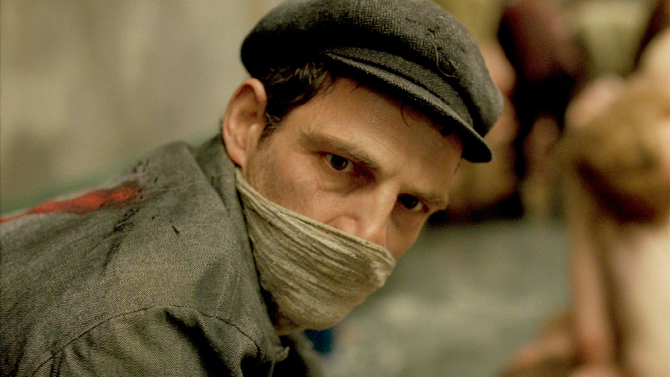
We finally reach two films that really aren’t too close in resemblance, but of which are still worthy of mentioning on a list of this nature. “Son of Saul” recently shook the world of cinema due to its candid depiction of a prisoner who is forced to work in a concentration camp or be put to death.
The majority of the film features either Saul (Géza Röhrig) or his perspective on screen. His peripheral vision is blurry, so a lot of the film’s more graphic moments are in the corners of our eyes (and are visible enough to still be haunting). What we hear is what Saul hears.
“Son of Saul” is disturbing enough because of what gets featured in the film, but it is all the more harrowing because of how personal it all feels. We are there with Saul, and we can sense both evil and death lurking at each and every corner.
Elem Klimov’s film “Come and See” really isn’t too similar once you take away the fact that they are both Holocaust related films. However, the way “Son of Saul” places you within the action is very reminiscent of the approach of “Come and See” to this awful time in history.
The young Floyra (played expertly by Aleksei Kravchenko in one of the all-time greatest young performances) experiences all of the horrors of the Holocaust firsthand, including having loved ones die, bombs explode around him, and seeing the suffering of his own people. “Come and See” works aesthetically as well; the soundtrack is replaced by a high pitched tinnitus squeal when the bombs go off, since Floyra cannot hear. You follow his gaze around and zoom in on the horrors he notices when he finally sees them.
This approach to the topic from both films has been noticed by publications, including the five star review of “Son of Saul” from The Guardian, so it isn’t just me. If you are wanting to watch both films, take some time in between them, because they are two of the most intense viewing experiences you may ever have.
Author Bio: Andreas Babiolakis has a Bachelor’s degree in Cinema Studies, and is currently undergoing his Master’s in Film Preservation. He is stationed in Toronto, where he devotes every year to saving money to celebrate his favourite holiday: TIFF. Catch him @andreasbabs.